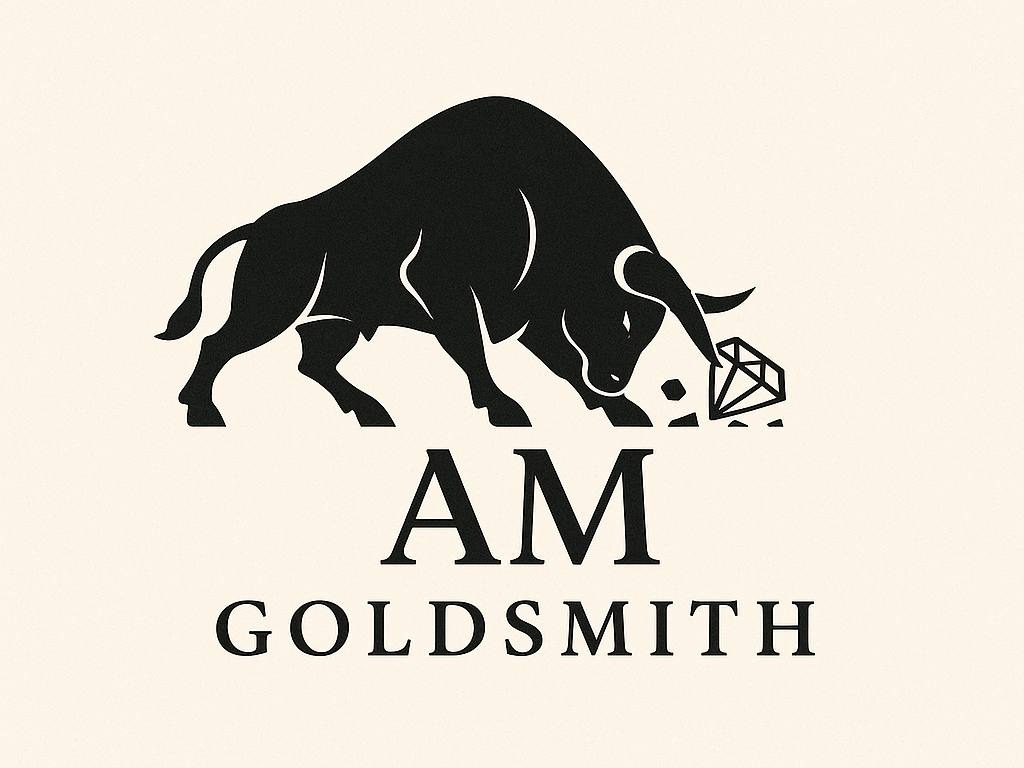A Registered Education Savings Plan (RESP) is a specialized investment account that allows parents, relatives, and friends to set aside funds for a child's future education with minimal tax implications. In Calgary, as everywhere else in Canada, RESP has become the primary tool for planning the financing of post-secondary education — university, college, vocational, or technical training. With an RESP, funds grow tax-deferred, and when the student begins their studies, the withdrawal of capital and income is taxed at the student's level, who, as a rule, has a lower income and pays minimal tax or is exempt from it altogether.
The main advantage of an RESP is not only the tax protection of the investment, but also the generous support of the federal government through two key grants: the Canada Education Savings Grant (CESG) and the Canada Learning Bond (CLB). For many families in Calgary, these grants turn even small monthly savings into a significant education fund in a few years.
Canada Education Savings Grant (CESG)
The CESG is the primary source of government support for RESPs and consists of two tiers:
-
Basic CESG Each year, the government contributes 20% of your personal contribution to the RESP, up to a maximum grant amount of $500. To receive the full $500 basic grant, you must contribute $2,500 during the year. This basic CESG is available regardless of family income, and you can receive it until the total amount of grants reaches the lifetime cap of $7,200 per child.
 Your trusted real estate agent in Calgary — Anna Hohol
Your trusted real estate agent in Calgary — Anna Hohol -
Additional CESG Lower- and middle-income families are eligible for an additional CESG of 10% or 20% of their contributions, depending on their annual income. For families with an income of up to approximately $55,000 per year, this additional grant is 20% of the contribution (up to $1,000 per year), and for incomes between $55,000 and $95,000, it is 10% (up to $500 extra). These additional payments are also counted toward the lifetime cap of $7,200.
The CESG provides families with a powerful incentive to open and regularly contribute to an RESP from early childhood. Even if parents have limited resources and can only set aside $50–$100 per month, the government contribution makes these efforts much more effective. For example, if you save $100 per month for your child, that contribution will amount to $1,200 per year, and the basic CESG will add another $240 to the fund. If the family meets the criteria for the additional 20% CESG, another $240 will come from the government — a total of $480 in additional funds.
Canada Learning Bond (CLB)
The Canada Learning Bond is another support mechanism aimed primarily at low-income families. The CLB provides funds even to families who are unable to make their own contributions to an RESP. Key features of the CLB:
- An initial payment of $500 is automatically credited to the child's RESP if the family meets the criteria (the parents' personal income does not exceed approximately $50,000) and registers the RESP before the child reaches 18 months of age.
- Additional annual payments of $100 are made each year until the child turns 15, provided the family continues to meet the income criteria. The maximum CLB amount for the entire period is $2,000 per child.
The CLB is completely independent of any personal contributions: even if the family does not contribute a single cent, the government will still send this bond to the RESP. This allows families on a limited budget to start saving for their child's education, receiving at least $500 at the beginning and $100 each year.
Example of the impact of grants on savings

Let's imagine a young family in Calgary whose income allows them to receive the maximum CESG, but they have moderate expenses and can only save $150 per month. They contribute $1,800 ($150×12) to their one-year-old daughter's RESP over the course of the year. In response, the government adds a basic CESG of 20%, or $360, and for families with incomes below the threshold, an additional CESG of 20%, or $360, for a total of $720 in government grants. If the family receives CLB, the RESP is supplemented with an initial $500. By the end of the year, the child's education fund grows by $1,800 of their own funds and $1,220 from the government, for a total of $3,020. In 17 years, when the child enters university, this balance, with a conservative average annual return of 4%, will translate into approximately $10,000 in personal contributions and about $17,000 in government support, plus the growth of these amounts — a significant starting capital for paying for tuition.
Managing an RESP in Calgary
In Calgary, you can open an RESP at any major bank (TD, RBC, Scotiabank, CIBC, BMO), local credit unions (Servus Credit Union), or online brokers (Wealthsimple, Questrade). When choosing a financial institution, pay attention to:
-
Management fees (MER) on mutual funds or ETFs if you invest in them through an RESP. Low MERs will help you retain more capital growth.
-
Minimum contribution amounts and any account opening fees. Some institutions do not require minimum contributions, while others may charge monthly fees if the balance is too low.
 AM Goldsmith
AM Goldsmith -
The option of automatic contributions — this is convenient so you don't forget to make regular RESP contributions and ensure a continuous flow of CESG and CLB.
-
Availability of additional educational services — some banks provide education planning advice and online RESP calculators.
Important details and tips
-
Start as early as possible. The CESG and CLB are most effective when an RESP is opened immediately after birth or within the first 18 months. More tax grants and longer capital growth mean significantly lower education costs.
-
Use the entire CESG limit. If the annual $500 grant remains unused, you lose it forever. Plan your contributions so that you receive the maximum basic CESG each year.
-
Don't be idealistic. Even if you can't set aside large amounts, receiving a $500 CLB and a basic CESG of $360 (20% of a $1,800 contribution) each year is a significant boost. Every contribution counts.
 Ukrainian Mechanic
Ukrainian Mechanic -
Keep track of deadlines and age. FHSA or HBP have their limits and deadlines, but RESP has a long life span — up to 36 years of the child's life. You have flexibility in choosing when to withdraw funds for education.
-
Work with a financial advisor. For families with multiple children and complex budgets, consulting with an advisor will help you optimize your contributions, obtain all possible grants, and reduce the financial burden of education.
Conclusion
An RESP is a unique tool for Calgary residents, combining tax-deferred growth, CESG and CLB government grants, and flexibility in withdrawing funds to pay for post-secondary education. With an RESP, even modest regular contributions can turn into a powerful education fund through the power of compound interest and government support. For every family in Calgary that dreams of university or college for their child, an RESP and the associated grants can be crucial in achieving that dream without excessive debt and financial stress.